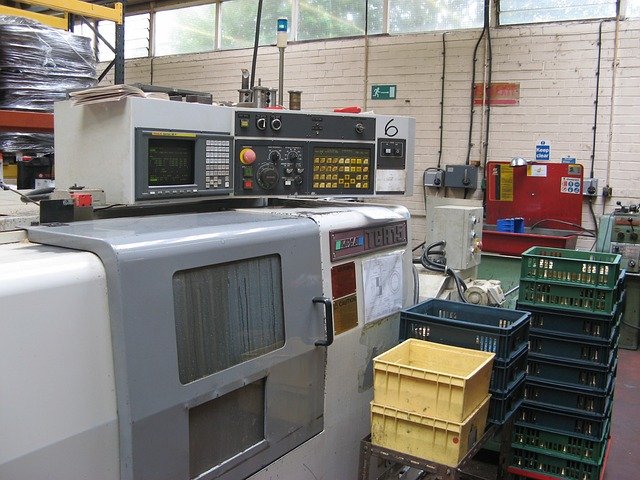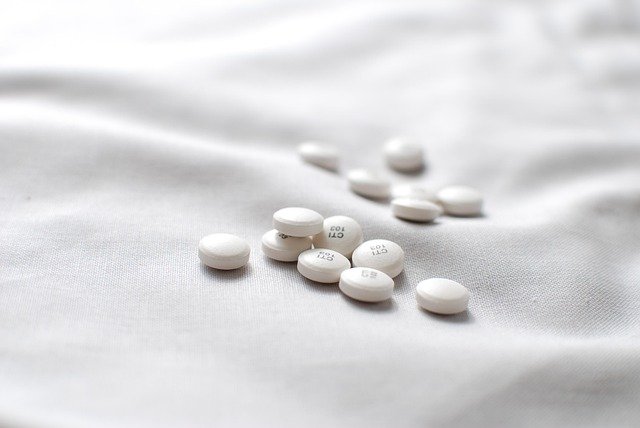Global Safety Valve Production: Inside the World of Industrial Safety Valve Manufacturers and Exporters
The global market for safety valves has become one of the most vital segments in the industrial equipment supply chain. From pressure safety valve factories to custom safety valve providers, this ecosystem ensures operational safety across refineries, power plants, chemical facilities, and maritime industries. With growing investments in energy infrastructure and manufacturing modernization, demand for industrial safety valve manufacturers and global safety valve suppliers continues to rise sharply. In this article, we explore the dynamics of safety valve production, export trends, and what defines the best-performing safety valve exporters in today’s global marketplace.

Industrial safety valves represent one of the most critical components in pressure management systems across countless sectors, from oil and gas refineries to pharmaceutical manufacturing plants. These devices automatically release excess pressure from vessels and piping systems, preventing explosions, equipment damage, and potential loss of life. The global production landscape for safety valves involves specialized manufacturers, stringent regulatory compliance, sophisticated testing protocols, and an intricate export network that supplies industries on every continent.
The Importance of Safety Valve Production in Modern Industry
Safety valve production plays an indispensable role in maintaining operational integrity across industrial sectors. Manufacturing facilities, chemical plants, power generation stations, and petrochemical refineries all depend on properly functioning pressure relief systems to prevent catastrophic failures. Modern safety valves must meet exacting specifications that account for temperature ranges, corrosive environments, pressure thresholds, and response times measured in milliseconds. Production facilities employ precision machining, metallurgical expertise, and quality assurance protocols that ensure each valve performs reliably under extreme conditions. The consequences of valve failure can include equipment destruction, environmental contamination, worker injuries, and operational shutdowns costing millions in lost productivity. This reality drives continuous innovation in materials science, design engineering, and manufacturing processes within the safety valve industry.
Global Safety Valve Suppliers and Market Expansion
The worldwide market for safety valves has experienced steady growth driven by industrial expansion in developing economies, stricter safety regulations, and aging infrastructure replacement in established markets. Major manufacturing hubs exist in Germany, the United States, Japan, China, and India, each bringing distinct advantages in engineering expertise, production capacity, or cost efficiency. European manufacturers often emphasize precision engineering and compliance with stringent EU standards, while Asian producers have scaled operations to meet growing regional demand and competitive pricing requirements. Distribution networks have evolved to include regional warehouses, technical support centers, and partnerships with local industrial suppliers who understand specific market needs. Digital platforms now enable buyers to specify exact valve configurations, access technical documentation, and track shipments across international borders. This market expansion has created opportunities for specialized manufacturers focusing on niche applications such as cryogenic services, high-temperature operations, or corrosive chemical handling.
Industrial Safety Valve Manufacturers Innovation and Compliance
Manufacturers continuously advance valve technology to address emerging industrial challenges and regulatory requirements. Innovations include smart valves with integrated sensors that monitor performance metrics, advanced materials resistant to extreme temperatures or corrosive substances, and modular designs that simplify maintenance and reduce downtime. Compliance with international standards remains paramount, with manufacturers obtaining certifications from organizations such as the American Society of Mechanical Engineers, the Pressure Equipment Directive in Europe, and various national regulatory bodies. Testing facilities simulate real-world operating conditions through pressure cycling, temperature extremes, and material compatibility assessments. Documentation requirements have become increasingly comprehensive, with manufacturers maintaining detailed records of materials traceability, heat treatment processes, dimensional inspections, and performance validation. Third-party certification bodies conduct regular audits to verify manufacturing processes meet established quality management systems. This compliance framework ensures that safety valves perform as specified regardless of where they are installed or what industry they serve.
Pressure Safety Valve Factories and the Supply Chain of Reliability
Pressure safety valve production facilities operate as highly specialized environments combining traditional machining skills with modern automation. Raw materials undergo rigorous incoming inspection to verify chemical composition and mechanical properties before entering production workflows. Computer-controlled machining centers produce valve bodies, bonnets, and internal components to tolerances measured in thousandths of an inch. Assembly operations require trained technicians who understand the critical relationships between spring compression, disc lift, and pressure setpoints. Each completed valve undergoes individual testing on calibrated equipment that verifies opening pressure, closing characteristics, and seat tightness. The supply chain extends beyond the factory floor to include material suppliers providing specialty alloys, spring manufacturers producing calibrated compression springs, and seal producers offering gaskets compatible with specific process fluids. Logistics partners coordinate international shipping while maintaining proper handling procedures for precision equipment. This interconnected supply chain functions as a system of reliability where each participant contributes to the final product’s performance and safety characteristics.
The Future of Safety Valve Exporters Trends and Digital Transformation
Export operations for safety valve manufacturers increasingly leverage digital technologies to streamline international commerce and enhance customer relationships. Online configurators allow buyers to specify valve parameters and receive instant quotations with delivery timelines. Digital twins and simulation software enable virtual testing of valve performance within specific system designs before physical installation. Blockchain technology is being explored for supply chain transparency, providing verifiable records of manufacturing origin, quality certifications, and shipping custody. Export documentation has moved to electronic systems that reduce processing times and minimize errors in customs declarations. Manufacturers are establishing regional service centers that provide local technical support, calibration services, and emergency replacement inventory. Sustainability concerns are driving innovations in manufacturing processes that reduce energy consumption, minimize waste, and extend product lifecycles through improved maintainability. As industries worldwide adopt predictive maintenance strategies and Internet of Things connectivity, safety valve exporters are positioning themselves as technology partners rather than simply equipment suppliers, offering data analytics, performance monitoring, and lifecycle management services that complement their core products.
Conclusion
The global safety valve industry represents a sophisticated ecosystem where engineering excellence, manufacturing precision, regulatory compliance, and international commerce converge to protect industrial operations worldwide. As industries evolve and new challenges emerge, manufacturers and exporters continue adapting through technological innovation, expanded service offerings, and enhanced digital capabilities. The reliability of these critical safety devices depends on every link in the production and distribution chain, from raw material selection through final installation and ongoing maintenance. Understanding this complex landscape reveals the extensive expertise and commitment required to produce components that stand between normal operations and potential catastrophe in industrial facilities across the globe.




